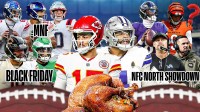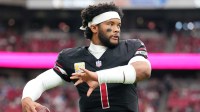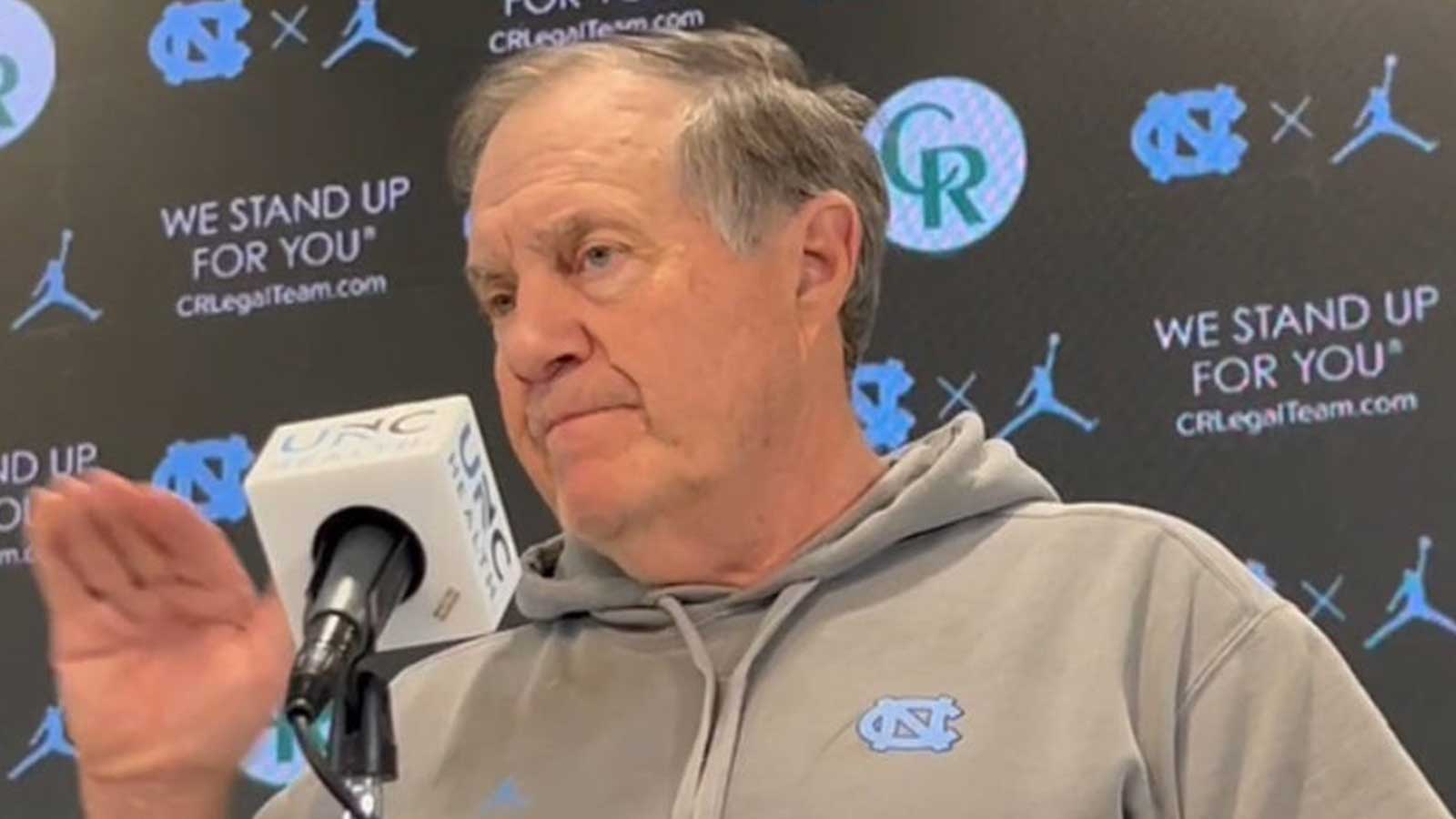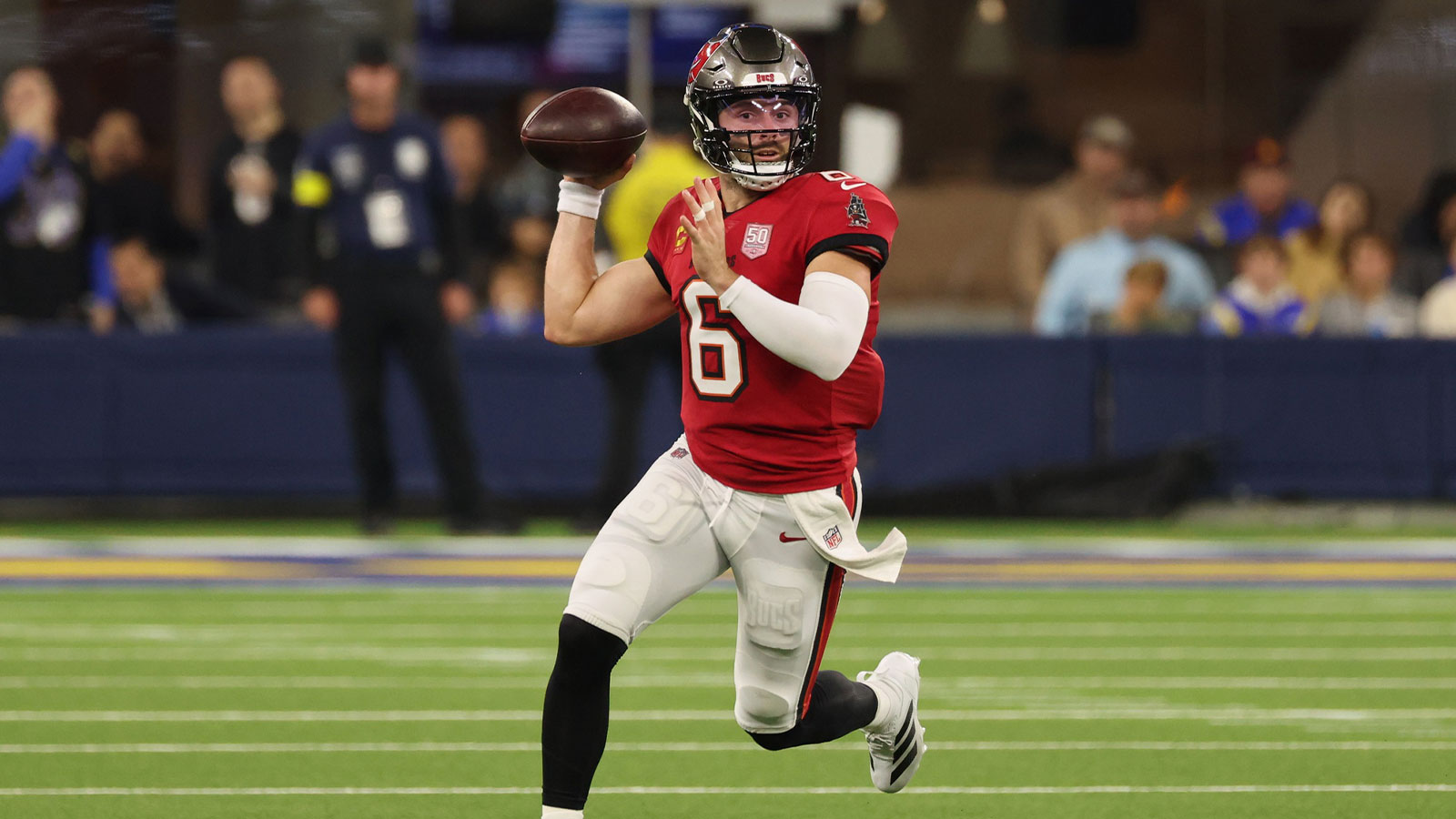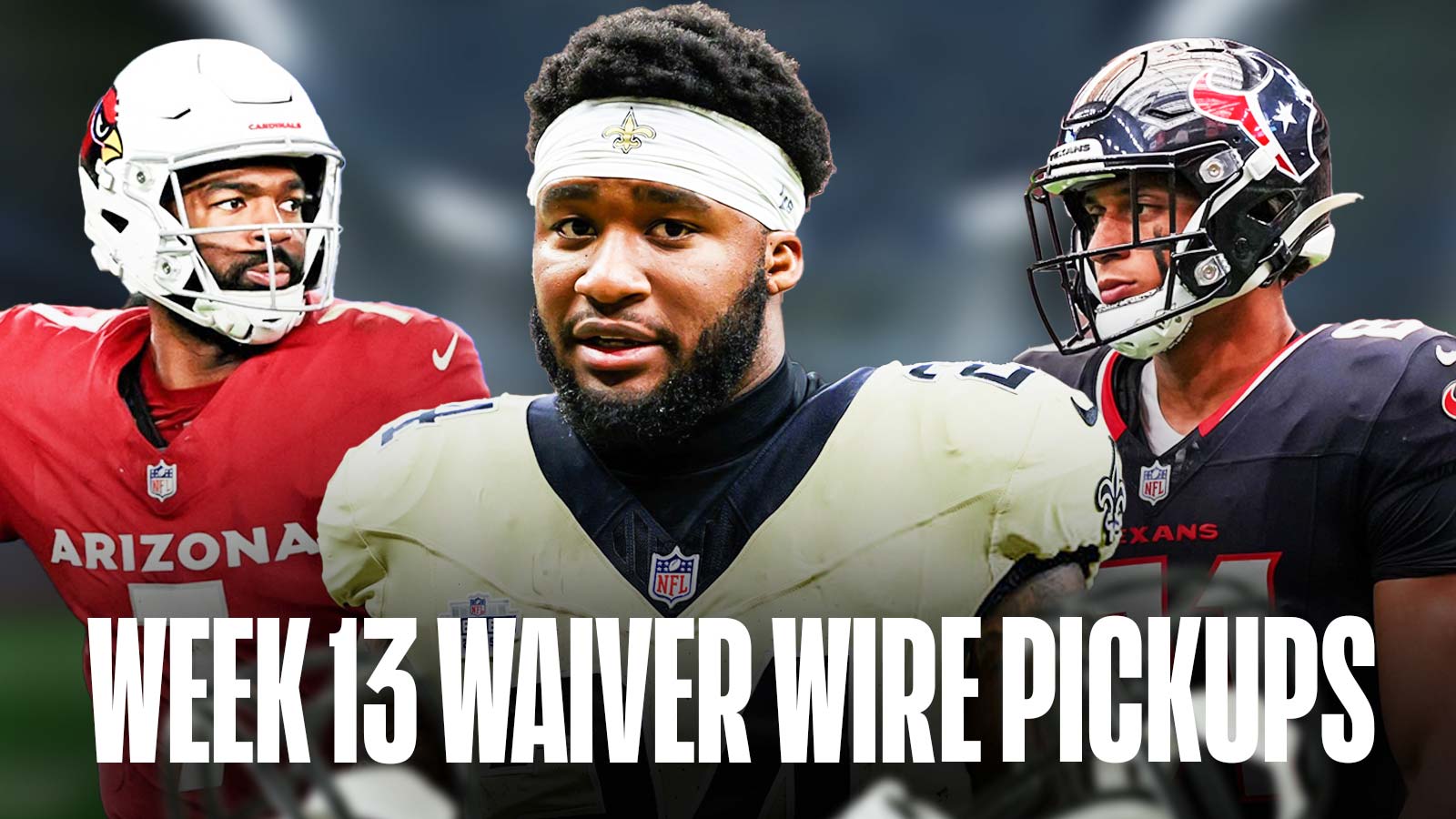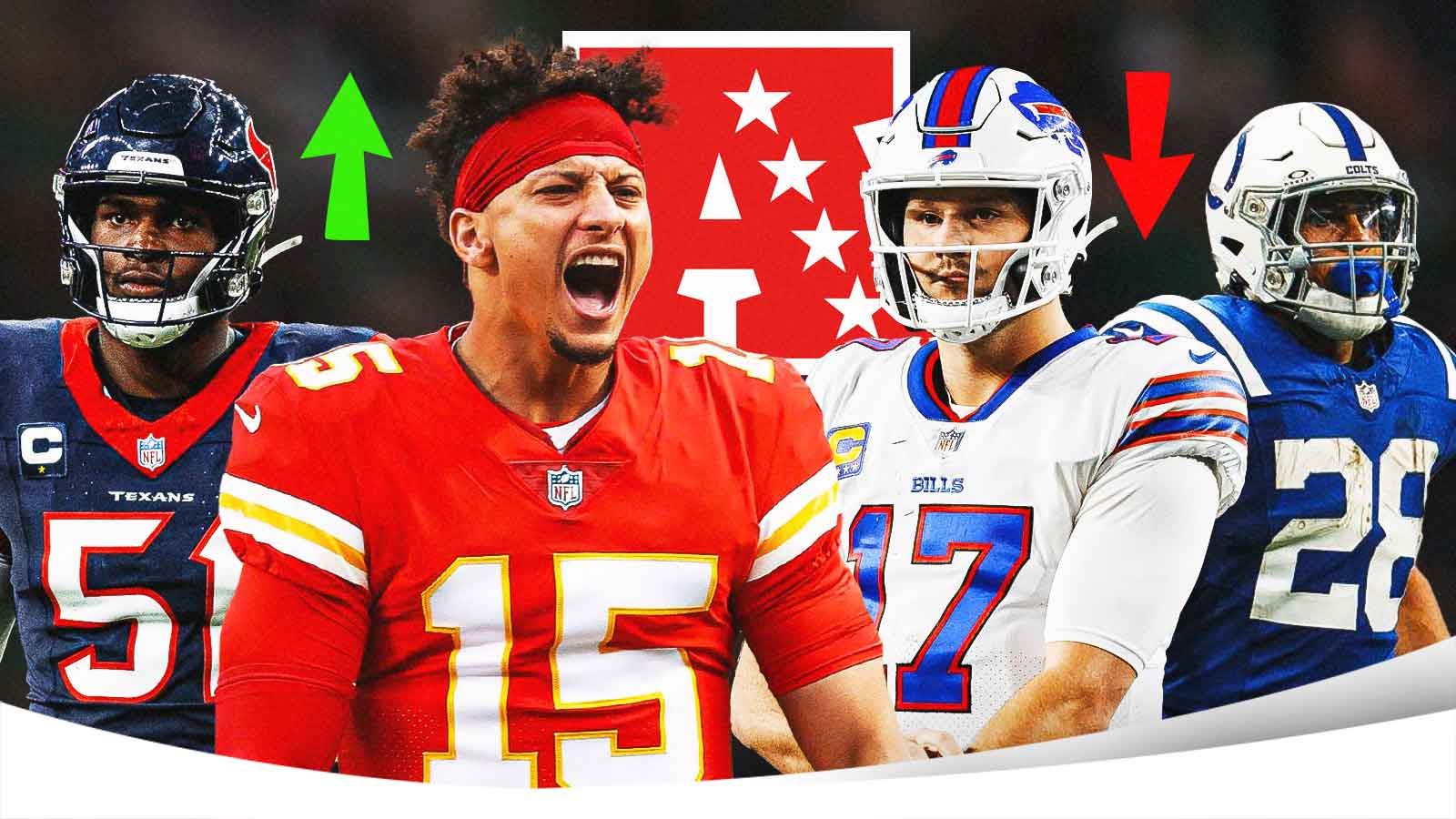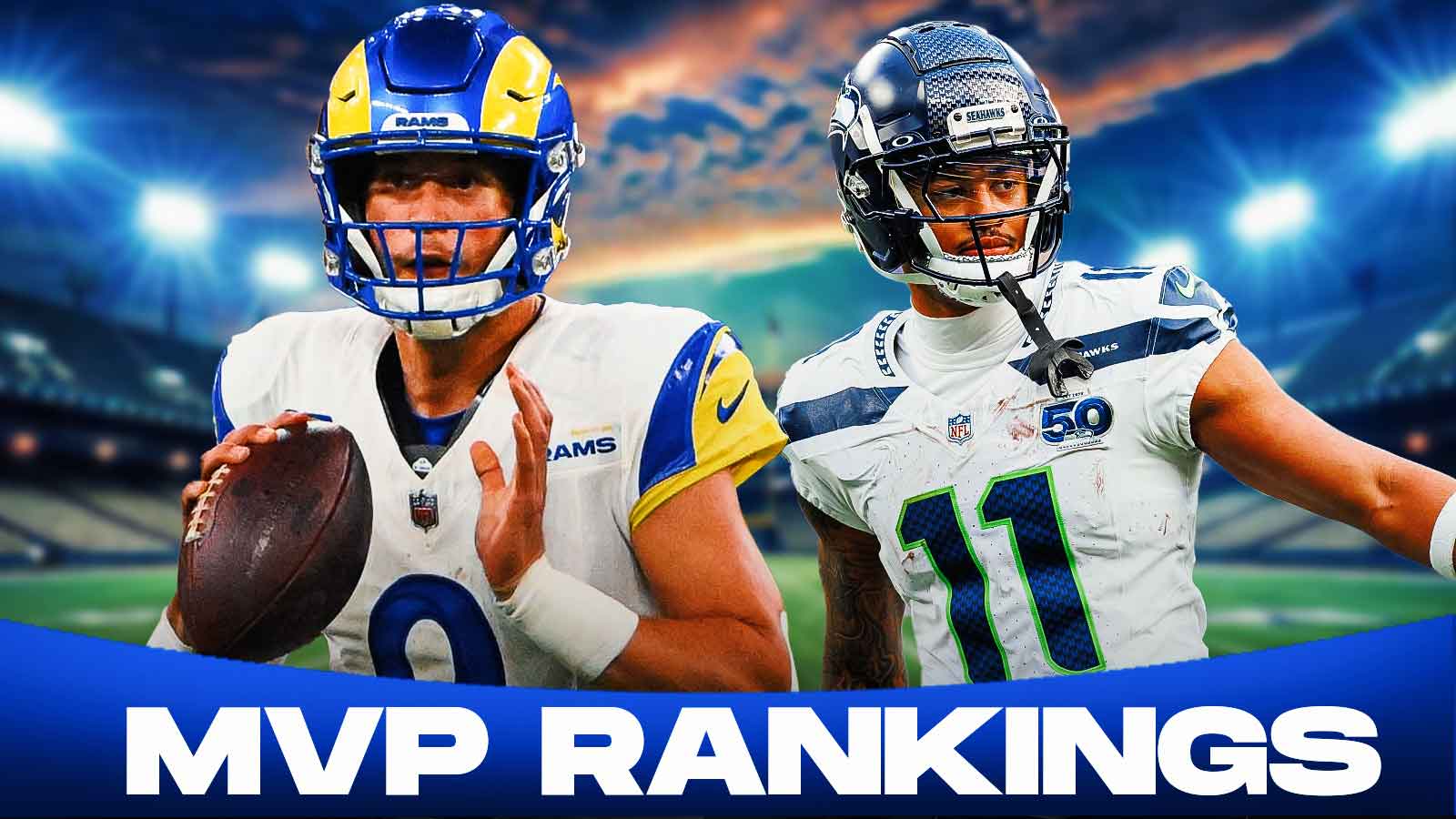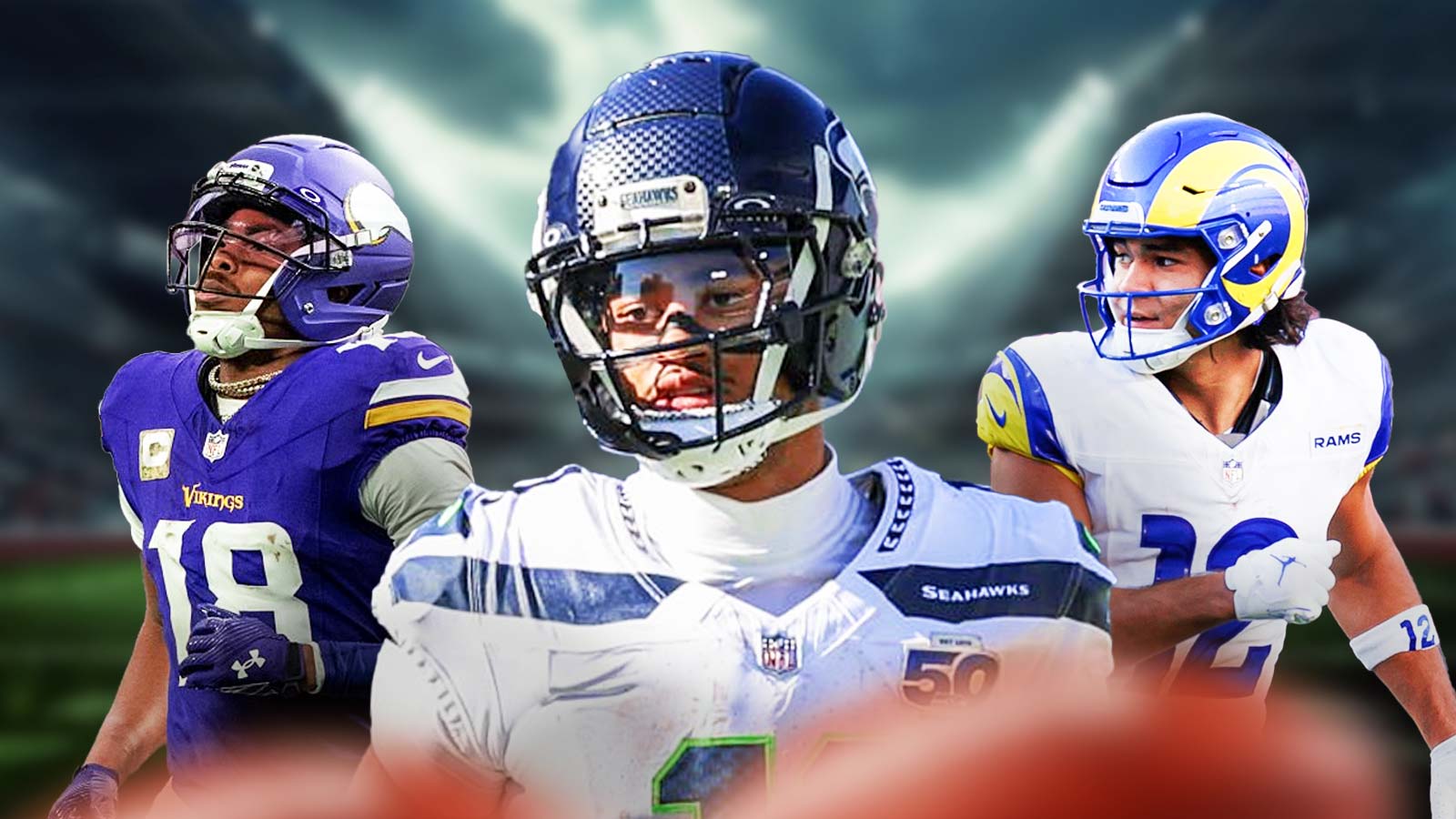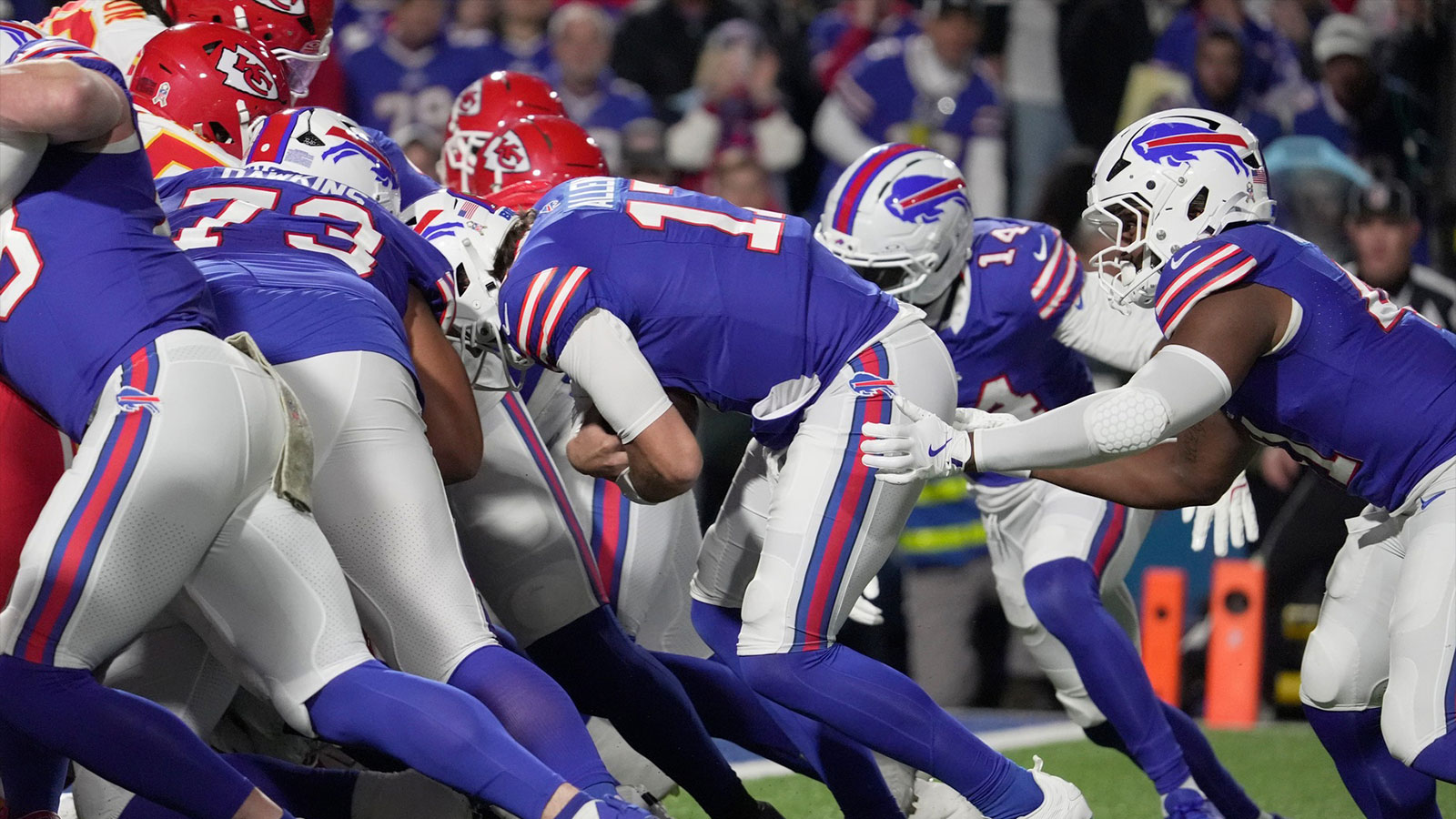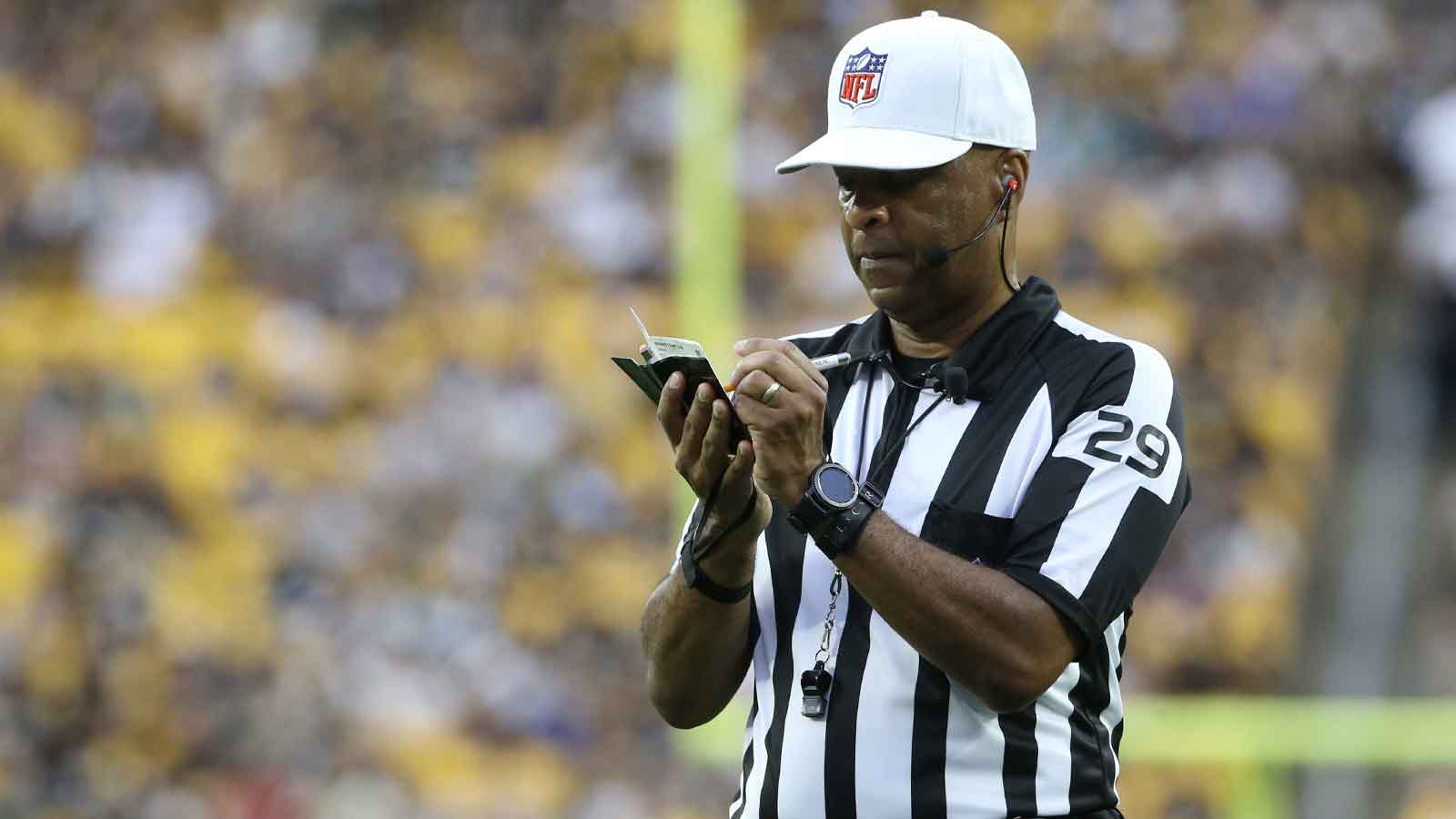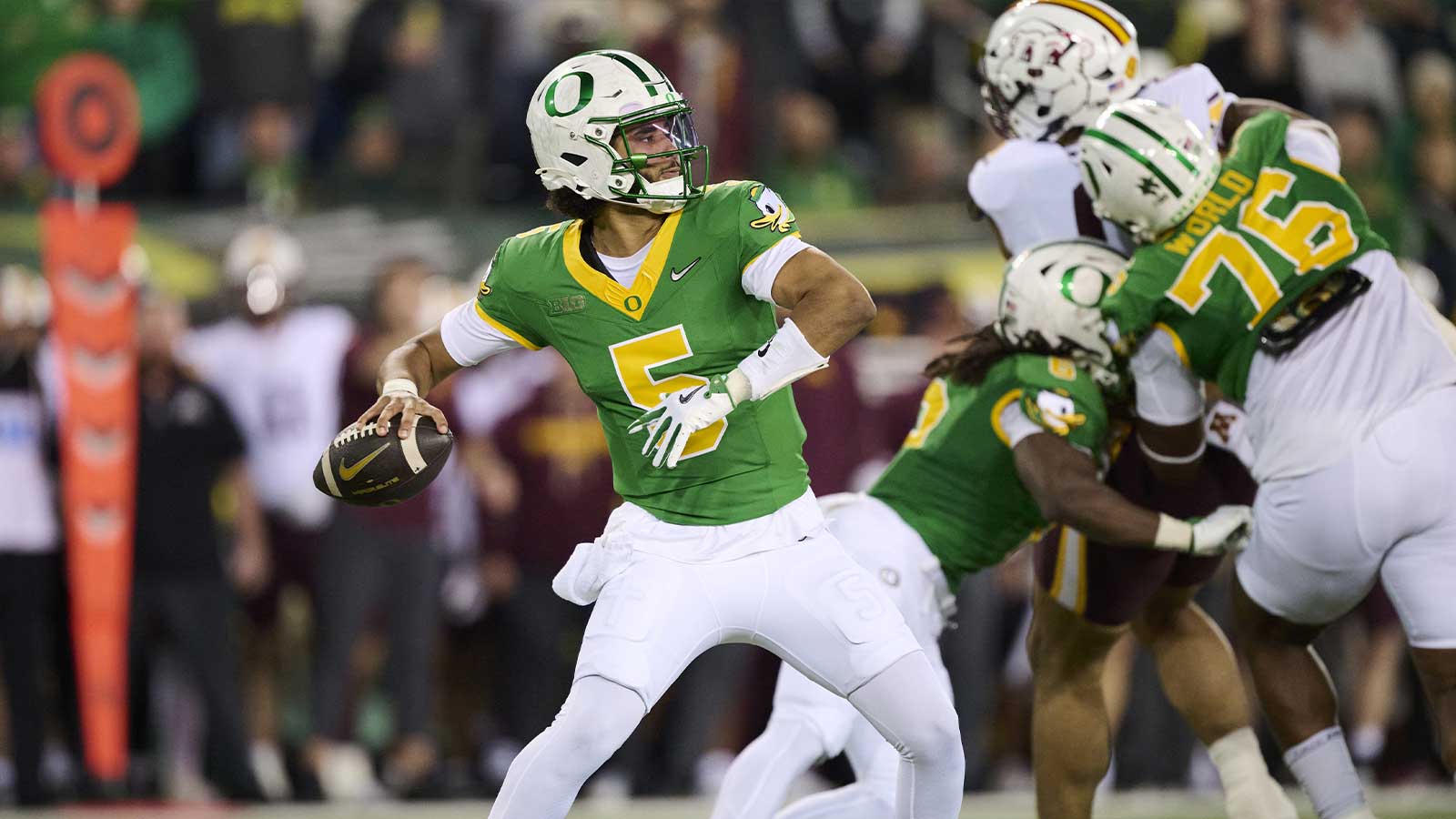The landscape of amateur and professional athletics has undergone a seismic shift in the Social Media Era. Name, Image, and Likeness (NIL) legislation is the newest twist to upend the NCAA's model, opening up a world where athletes can profit from their brand.
As these laws continue to evolve, prospects at the high school level up to All-World talents must stay informed about market changes to maximize their potential earnings. Indeed, professional representation has become a crucial component when building a support network at every sporting level.
Institute For Athletes (IFA) Founder and President Blake Baratz saw solutions to the changing dynamics before the NCAA and other government entities knew what was coming. That advantage was recently used in creatively shaping a NIL deal between Peyton Houston and Leaf Trading Cards, to name just one example.
Starting as a ground-up boutique shop, IFA's roster now includes two-time Pro Bowl defensive tackle Jonathan Allen (Washington Commanders), two-time Pro Bowl wide receiver Adam Thielen (Carolina Panthers), two-time Pro Bowl fullback C.J. Ham (Minnesota Vikings), running back Rachaad White (Tampa Bay Buccaneers), and linebacker Blake Cashman (Vikings).
Team IFA added five new NFL rookies this offseason as well, building on a foundation set in place back in 2009.
Baratz gave ClutchPoints a behind-the-scenes look at just how a deal comes together, the state of the ever-changing industry, and how IFA finds the proper fits when it comes to representing over two dozen NFL stars.
IFA's appealing small-shop approach

IFA believed this was a space primed for innovation because, as Baratz explained, they saw a broken system. More importantly, the boutique agency had a solution.
“The way I've always approached the business is putting a plan in place that adds value to the lives of our guys and their families, (help them) have sustained success so they are comfortable years from now.
“I think our definition of what an agent does or an agency does is very different than most. Yes, we negotiate contracts. That is what everyone looks at, but football is just a mechanism that brings a lot of us together.”
Implementing a better system in a family atmosphere is Baratz's end goal.
“I've worked at a small shop, worked at a big shop, and I just felt the whole industry was kind of broken. It was the same guys going broke, getting in trouble, and not utilizing their platform. It was the same agents running the show, the same financial advisors involved. I just felt there was a better model to have just more sustained success over the long term.”
These relationships go both ways, however. IFA has turned down representation contracts because the two-way street was a bit too bumpy on one side.
“We need a partner that just trusts we're going to help in all these different areas. It's not all going to happen tomorrow or at the snap of a finger…The things Jonathan Allen and Adam Theilen need today are not the same things they needed when they were 18 or 22.
“There is no way to fast-forward to 28 years old and have $40 million in the bank. There's no quick fix. That's tough for a lot of people as human beings, but players have to buy in. They have to trust us. That's the hard part.”
So what's the right approach for a player entering into an aggressive market?
“You have to handle yourself from a PR perspective, do the right things on social media, shake the right hands, be patient, keep doing the small things.
“That's tough for a 15-year-old or 21-year-old to trust a decade-long process, but that's the right information. It's the right process. Not everyone can handle that, and I think the biggest thing with (IFA) is we can see the forest through the trees.”
The All-Pro persistence pays off more often than not regardless of draft status.
“Every team told me Adam Thielen couldn't play football 100 times. All he has done is kept grinding, and now he's playing at 34 years old. He had over 100 catches and 1,000 yards last year. That's why it's the League of Opportunity, right? You have to work to get your opportunity. Then you have to take advantage of your opportunity. Everyone is talented at that level.”
Fixing the fly-by-night bad advice
A broken system kept leading to the same result. It was frustrating but also a business opportunity for IFA's partners.
“Guys are set up to fail,” Baratz stated bluntly. “… That's why a lot of the guys continue to go broke. No one solved the problem yet, but to me, it's a solvable problem, right? The NCAA, the states, the conferences…They messed everything up because they didn't think through all these things.
“It's a very reactionary system. I think eventually they'll figure out some overarching legislation or bylaws or rules, whether that's NCAA, whether that's conferences or the government.”
Baratz gave out some free advice that will apply no matter what happens at the next board meeting among the respective power brokers.
“Block out the noise because there's going to be a million people pulling at you for a million different things. You have your team. You don't need anything else…NIL, NCAA, NFL, there's always going to be someone saying the grass is greener on the other side,” Baratz stressed.
“Players need to be grounded and have realistic people in their corner. Talking about the best-case scenario doesn't matter. You have to talk a lot about the worst-case scenario because you have to prepare for it.”
The effects of bad advice coming from outside agents running wild in an unregulated industry are easy to see. Beyond that, there are many positives that proper counsel can provide on how to build a brand in today's NIL age.
“There's no overarching guidance or anything about who can advise. Anyone's mom, dad, coach, or recruiter, anyone could be an agent. Say you're an agent with no experience and don't know what you're doing. For a player that is a lot of misguided information,” Baratz explained.
“On the flip side, proper information and education can enable players to begin building their brand, impacting their communities, leveraging their (NIL) for marketing opportunities, and telling their story through content and PR. That's what we specialize in here at IFA, a holistic approach to building a player's brand.”
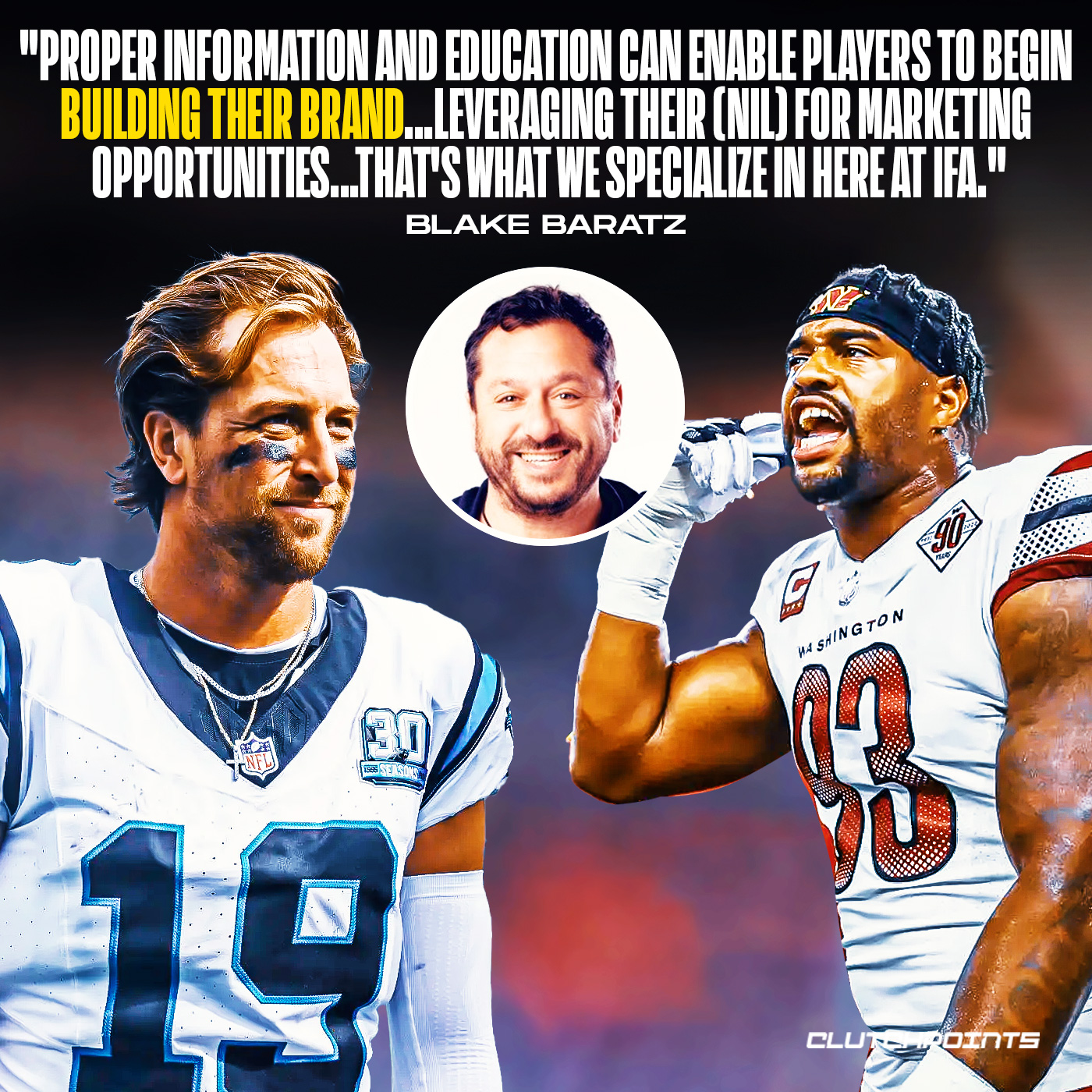
Do not let the NCAA or conferences off the hook as there were always going to be inherent hang-ups in an ever-changing, chaotic ecosystem. Just look at the transfer portal or imbalance in NIL Collective opportunities starting at the high school level for examples of an entitled, disjointed, uninformed playing field.
“You've got kids jumping in the transfer portal with no information,” IFA's President pointed out. “They have no idea what their team thinks of them.
“They have no idea what their market value is or what 10 other schools think of them because they're not allowed to talk to the other schools. Well, how the hell are you supposed to make an educated decision with no information? That system doesn't make any sense.”
And let's not forget the elephant in the room.
“All these schools and coaches, their job is to win ACC games or SEC games. They are chasing national championships on Saturdays.
“I think there's so much enabling that goes on. Kids aren't prepared for what is coming their way because it's an afterthought. I'm not saying these coaches don't care. I think deep down, fundamentally, they probably do care. But you can't worry about these things for 90 guys on the roster.”
The domino effect of chasing dollars over a decent, well-rounded education affects life well beyond the college playing days.
“Guys are not coming out with enough life skills to be able to decipher differences in what matters and who cares. A player gets in trouble, not doing the classroom work, failing drug tests…If he is good enough, there's someone to sweep it under the rug.
“That's not teaching life lessons. That's just kind of the nature,” sighed Baratz. “That kind of shows you how big collegiate sports are. That winning trumps all the other stuff.”
Call it a sequel or deja vu. Either way, cue up the ESPN 30 for 30: Broke credits and add a few names. It's inevitable.
“If the guy couldn't handle himself in college when he was enabled at every take in front of him, how's he going to handle anything? It could range from $800,000 to $8 million. It's not possible.”
Well, why not? Unlike the song's suggestion, Money solves Problems right?
“No one's there to guide, and no one's taking responsibility,” Baratz stated bluntly. “The agents aren't taking responsibility. The NFL is not taking responsibility. The head coaches aren't taking responsibility. Conferences aren't taking responsibility. They are asking the 21-year-old kid to take responsibility. Sure, they need some, but we also need the adults in the room to be adults.”
IFA's investing in tailor-made innovation
So what can be done to better educate the players on their opportunities? What exactly does it mean for IFA to have a “comprehensive and holistic approach to Talent Management?” Where do endorsements, content creation, public relations, earned media, and brand management come into play? Football is the main thing, right?

“Yes, we need them to be good football players, but honestly, that's the easiest criteria for us to identify,” Baratz boasted. “Other things are more difficult because there are so many distractions. We get to know these young men's families extremely well and show them the other ancillary stuff to help add value to a client's life.”
“I can negotiate a contract in my sleep,” he continued. “If there's nothing to show for it beyond the playing deal or if their business network and understanding of financial literacy have not grown, then eventually the agent is going to make money and the player is going to be miserable.
“All the things that we're doing are to provide a platform, a road map for sustained success. It starts with education and empowerment because post-career lives are going to be five times longer than their playing days.”
NFL Draft maps and money management
Buying on credit to look cool costs more in the long run. A player's money management should be informed by their NFL Draft map. Players coming into opportunities with the wrong perceptions are the ones most at risk. One costly decision on a bad asset can last longer than an NFL career.
“It's understanding realities versus perceptions,” explained Baratz. “The perception is every NFL player is making millions, and they can kind of do whatever they want with their money. That goes for most families, fans, and how the media talks about players.
“The reality is that guys are young and not making nearly as much money as they think. Sure, it's a great yearly take for most. In the NFL, it could be a minimum salary, and you have to make that last.”
The key to making what might not even be $1 million last a lifetime is simple. The fault for squandering the bag can be spread around.
“The keys are an educational and tough-love component. Understanding a lot of life issues guys haven't dealt with like investments, accounting, and what life costs before kids, explaining what compound interest means and how to protect from an insurance standpoints, all of those things are critical to sustaining success and have gotten ignored over time.
“I'm not blaming anyone. Some of it's the player's fault. Some of it is family, it is the agent's fault. A bit has to be on the NCAA program. Some is on the NFL, but it doesn't change the outcome.”
The outlines for each player's path to retirement match the variations in career lengths and contract values.
“If a player gets to the point of making $50, $80 million, or $100 million, the leash might be a little longer. You might have a few more years to understand those things but there's no security in the NFL until you get to that point of signing that $100 million contract. There is NO security. So how do you learn all those things while also trying to pick up a playbook? While getting acclimated to a new city, balancing your family, and keeping your mental and physical health on point?”
Most players never see those extra zeroes. The vast majority make less than $20 million before taxes and cuts over a career. That does not stop anyone from being anxious as the process starts. IFA has had to deal with its fair share of prospective clients who get mad at disheartening draft appraisals. Those NFL hopefuls are also missing the point.
“Like, it's kind of stupid. Don't you think I want you to get drafted as high as possible? There's a financial incentive for me. Why would I tell you something that wasn't true? I don't want you to go in the fourth round.
“With only 32 NFL teams, our plan has to be built around what they want to see, and that's just for the draft. That has nothing to do with success as an NFL player. That is the starting point. A lot of players want to hear they'll be the top player at their position. There are 300 NCAA players right now that think they are going to be first-round picks next year.”
If it seems like the problems are the same going from high school recruiting, the NCAA transfer portal, and the NFL Draft, you are not alone.
“A lot of young people, and especially in that high-profile collegiate level, everyone is pulling at you. It's hard to trust or understand the process.
“You have other people who are coming in and trying to buy players or buy families because they are looking for a quick buck. Players and their support can start to correlate that with success. And it's not. It's just prolonging a problem, in my opinion.”
Human nature dictates some of these reactions. IFA's job is to humbly pop some bubbles so a player can see better days.
“People get inundated with the shiny object. Players are inundated with the NFL Draft, with the money, with things that don't matter without an individualized plan of how those things factor in,” said Baratz.
“Our process is telling guys the truth, to be very transparent. I'm not trying to sell a dream. I'm trying to say, ‘Hey, you have an opportunity and you're going to get an opportunity,' but that's all it is right now.”
There are only 32 teams in the NFL with open spots to fulfill childhood dreams, and that process cares not for how anyone in the community feels.
“What I think or you think or your mom thinks or college coach thinks in some ways becomes irrelevant. The goal is to get drafted, celebrate the achievement then start stacking good practices, set examples in meetings with good film sessions and offseasons.
“Keep doing that and trust the process. That's how you get to the Jonathan Allen, Adam Thielen, or Rachaad White levels. You stack a lot of really good days.”
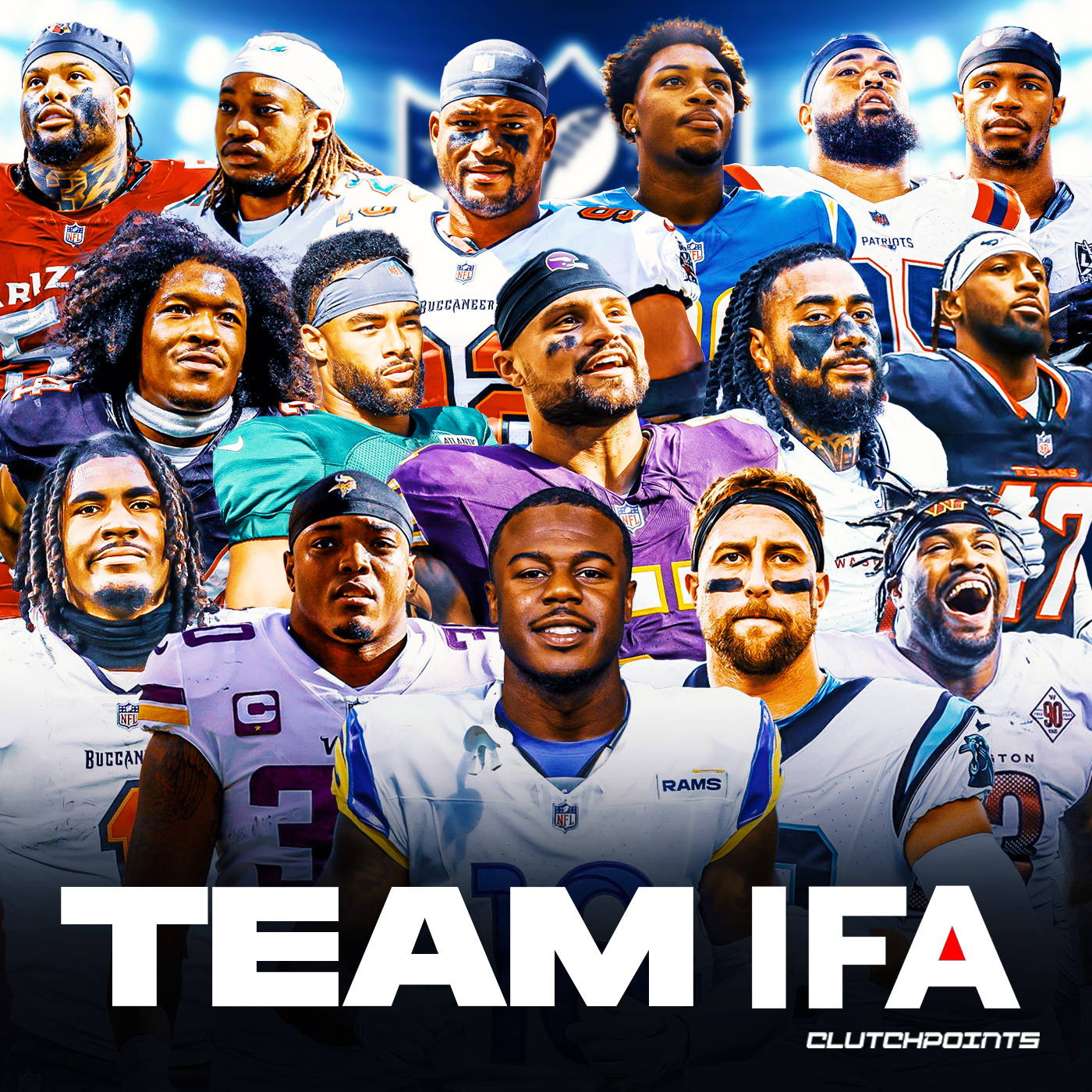
IFA's NIL expansion amid changing laws
New days are on the horizon when it comes to finding clients. IFA's expansion plans are now starting to consider more early identification programs, which will inform NIL decisions.
“That's a constant evolution and discussion internally. We want to grow and scale up in the NIL space. The high school space is only going to become more professionalized. It's not amateur anymore, not really.
“There's no amateurism anymore, at least at that five-star level, and so the need for professional representation becomes greater. I think we're going to continue to go down that path while continuing to grow our core business.”
As the shock value of the NIL buzzword wears off, the margins will get thinner. Collective will get more frugal, and players will have to be more creative in how they leverage opportunities. IFA is about the long-term leveraging of a deal rather than the initial dollar signs.
“The instantaneous reaction is money when it comes to NIL, and I think that's a little misnomer. If there are money opportunities to be made in the short term, great, those are transactional. Take advantage of it. IFA will still be here for advice and the bigger picture.”
Not that the life-altering, brand-elevating dollars do not matter. The problem comes in trying to picture how NCAA players will be paid over the next 10 years.
“When they peel back the curtain, they're going to see how much money is being generated. Players are going to need professional representation whether they're looked at as employees, as student-athletes, whether there's a salary cap, whether it's the collectives, whether it's coming from the universities, it doesn't matter at that point.”
What does matter is the life skills and securing a future through football.
“There are legitimate dollars to be made; there are also legitimate tax liabilities, a need for financial literacy, and how to build your brand; there are still NFL opportunities in your future. There's still the need for offseason opinions and second medical opinions.
“All the things that we apply to our NFL players now exist for the high school and college players. I would be shocked if five or seven years from now, there was just no need for us that would shock me.”



